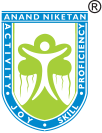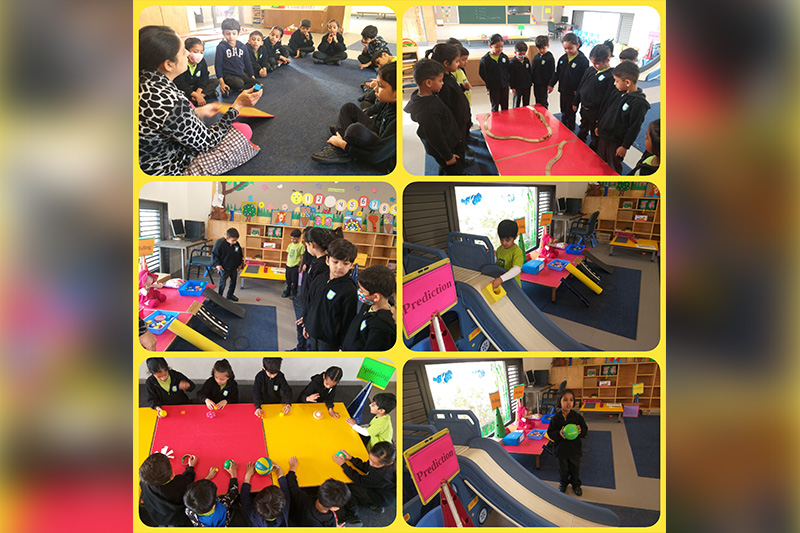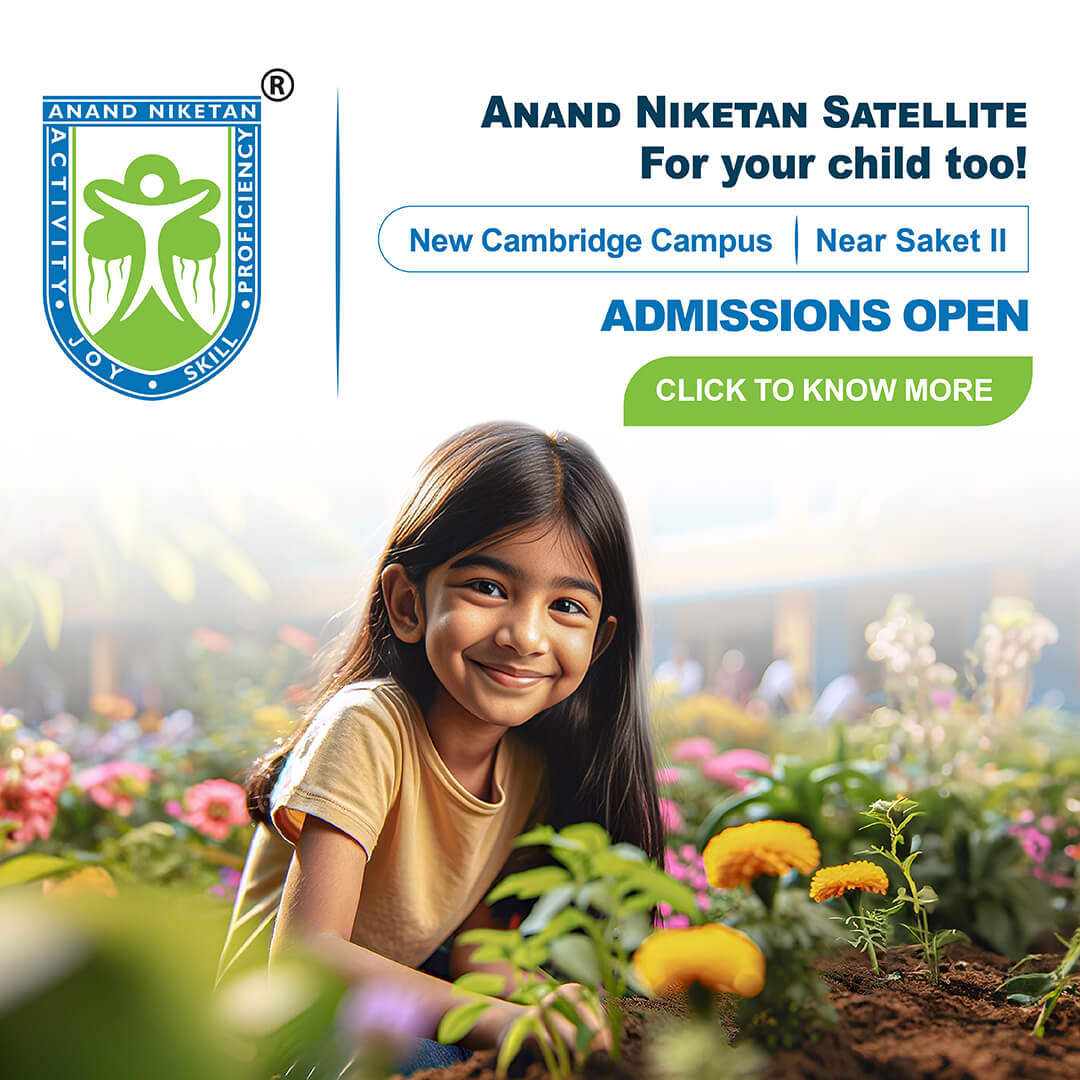STEM Project @ BTM
“The function of education is to teach one to think intensively and to think critically.”
– Martin Luther King
Young children are naturally inquisitive, full of questions about the world around them and have the drive to investigate how things work. It follows, therefore, that we should take advantage of this innate curiosity to channel their enthusiasm for scientific discovery as early on as possible. We believe that experiential education is a pedagogical approach to help facilitate learning through the application of abstract to a concrete experience and requires individuals to reflect upon their learning. It provides rich learning opportunities and deeper understanding while fostering a positive student experience. Hence we conducted a STEM Project around- How things move? in our BTM.
When we are talking about learning with science the process is more important than the results. That’s why we started with the observation first where children observed the movement of the object like rolling, sliding and spinning. The second step was to make them understand the simple form of mechanisms like pull and push which gave them the idea that how our routine things work such as doors, windows, drawers, etc. The third step was to give them hands on experience in their learning for their better understanding. This proved to be an enriching exposure wherein they first explored and experimented and then moved on to making ramps and structures for the miniature speeding cars. It was a wondrous sight to see these little people having a pragmatic approach towards building roads for the cars including the over-bridge and under-bridge. Here indirectly the hypothetical concept of Physics that is ‘Force and Motion’ was introduced through various games and activities like Rail Overpass and Marble Rolling. Children could relate and make connections with various other spatial concepts and 3D shapes. Thus, they were seen involved in the activity on hand, trying to evaluate it, determining what was important to remember and use that information to perform another one. The experimentation made them innovators as they discovered, failed and rediscovered by applying their knowledge practically in a team as well as individually.
Therefore, would like to wrap up this optimal project conducted by quoting Loris Malaguzzi “Learning and teaching should not stand on opposite banks and watch the water flow by; instead they should embark together on a journey down the water. Through an active, reciprocal exchange, teaching can strengthen learning how to learn.”





